The 2021 Kawasaki Ninja 400 ABS: Team Greens Tanto Sword
Contents
The 2021 Kawasaki Ninja 400 ABS is the Tanto Sword in the Ninja family. Japanese-made, small, light, and razor-sharp the 399cc Ninja more than lives up to the family name.
Many consider the Ninja 400 to be an entry-level motorcycle, and that is a role it fills well in the 2021 Kawasaki lineup, but this a very satisfying bike for a wide range of skill levels. The overall design makes for a nimble and very efficient urban ripper, the power delivery is smooth and the riding position just right to hone your cornering skills. The ABS and slipper clutch are very welcome technology for all riders.
The same traits that make the Ninja 400 a fun daily ride also translate to the track. The great handling and lower power level become an excellent platform to learn to carry your speed, ride smoothly, corner perfectly, and at a very reasonable price tag.
Kawasaki offers the choice of KRT graphics for a small upcharge, otherwise, you have three color choices. Entry-level? For sure it is perfect for new riders, but don’t be shocked when you never want to sell it.
Colors for 2021 include: Metallic Spark Black, Pearl Nightshade Teal / Metallic Spark Black, Metallic Graphite Gray / Metallic Magnetic Dark Gray, Passion Red, KRT Graphics
The 2021 Kawasaki Ninja 400 ABS starts at $4,999 USD / $6,399 CAD.
On this page: we’ve curated specs, features, news, photos/videos, etc. so you can read up on the new 2021 Kawasaki Ninja 400 ABS in one place.
Model Overview
General Info
- Price: $4,999 USD / $6,399 CAN
- Key Features:
-
- ABS Brakes
- Back-torque limiting Slipper clutch
- Assist And Slipper Clutch
- New Lightweight Trellis Frame
Main Specs
- Engine: 399cc, liquid-cooled, 4-stroke, DOHC 8-valve parallel twin
- Power: 33.56 kW (45 hp) @ 10,000 RPM
- Torque: 28.0 lb-ft (38 NM) @ 8,000 RPM
- Wet Weight: 166 kg (366 lb)
- Seat Height: 785 mm (30.9 in)
Competitors
2021 Kawasaki Ninja 400 ABS Specifications
ENGINE |
||
| Engine | 399cc, liquid-cooled, 4-stroke, DOHC 8-valve parallel twin | |
| Power | 45 hp | |
| Bore x Stroke | 70.0 x 51.8mm | |
| Compression Ratio |
11.5:1
|
|
| Fuel System | DFI® with dual 32mm throttle bodies | |
| Starter | Electric | |
| Lubrication | ||
DRIVETRAIN |
||
| Clutch | ||
| Transmission | 6-speed | |
| Final Drive | Sealed chain | |
CHASSIS |
||
| Suspension Front | 41mm hydraulic telescopic fork/4.7 in | |
| Suspension Rear | Horizontal back-link with adjustable spring preload/5.1 in | |
| Brakes Front | Single 310mm petal-type disc with 2-piston calipers and ABS | |
| Brakes Rear |
Single 220mm petal-type disc with single-piston caliper and ABS
|
|
| Tires Front | 110/70-17 | |
| Tires Rear | 150/70-17 | |
| Fuel Tank Capacity | 3.7 | |
| Color |
Pearl Nightshade Teal/Metallic Spark Black
|
|
ELECTRICAL |
||
| Ignition | TCBI w/digital advance | |
| Spark Plugs | ||
| Headlight | LED | |
| Tail Light | LED | |
DIMENSIONS |
||
| Overall Length | 78.3 in | |
| Overall Width | 28 in | |
| Overall Height | 44.1 in | |
| Wheelbase | 53.9 in | |
| Ground Clearance | 5.5 in | |
| Seat Height | 30.9 in | |
| Curb Weight | 368.2 lb | |
WARRANTY |
||
| Warranty | 12 months | |
| Kawasaki Protection Plus | 12 / 24 / 36 / 48 months | |
2021 Kawasaki Ninja 400 ABS Features
Assist & Slipper Clutch
Under normal operation, the assist cam functions as a self-servo mechanism, pulling the clutch hub and operating plate together to compress the clutch plates. This allows the total clutch spring load to be reduced, resulting in a lighter clutch lever feel when operating the clutch.
When excessive engine braking occurs – as a result of quick downshifts (or an accidental downshift) – the slipper cam comes into play, forcing the clutch hub and operating plate apart. This relieves pressure on the clutch plates to reduce back-torque and helps prevent the rear tire from hopping and skidding. This race-style function is particularly useful when sport or track riding.
Economical Riding Indicator
While effective vehicle speed and engine speed may vary by model, paying attention to conditions that cause the “ECO” mark to appear can help riders improve their fuel efficiency – a handy way to increase cruising range. Further, keeping fuel consumption low also helps minimize negative impact on the environment.
ABS (ANTI-LOCK BRAKE SYSTEM)
ERGO-FIT®
ERGO-FIT® is an interface system designed to allow riders to find their ideal riding position. Various points of the chassis interface (the handlebar, footpegs and seat, etc.) can be adjusted through a combination of interchangeable parts and parts with adjustable positions. This enables a wide range of riders to find a riding position that offers both comfort and control. Feeling at one with their machine, they will be able to experience how Kawasaki machines are fun and rewarding to ride.
*Adjustable parts and their range of adjustability vary by model.
2021 Kawasaki Ninja 400 ABS Photos
2021 Kawasaki Ninja 400 ABS Videos
Links
Kawasaki Official Websites

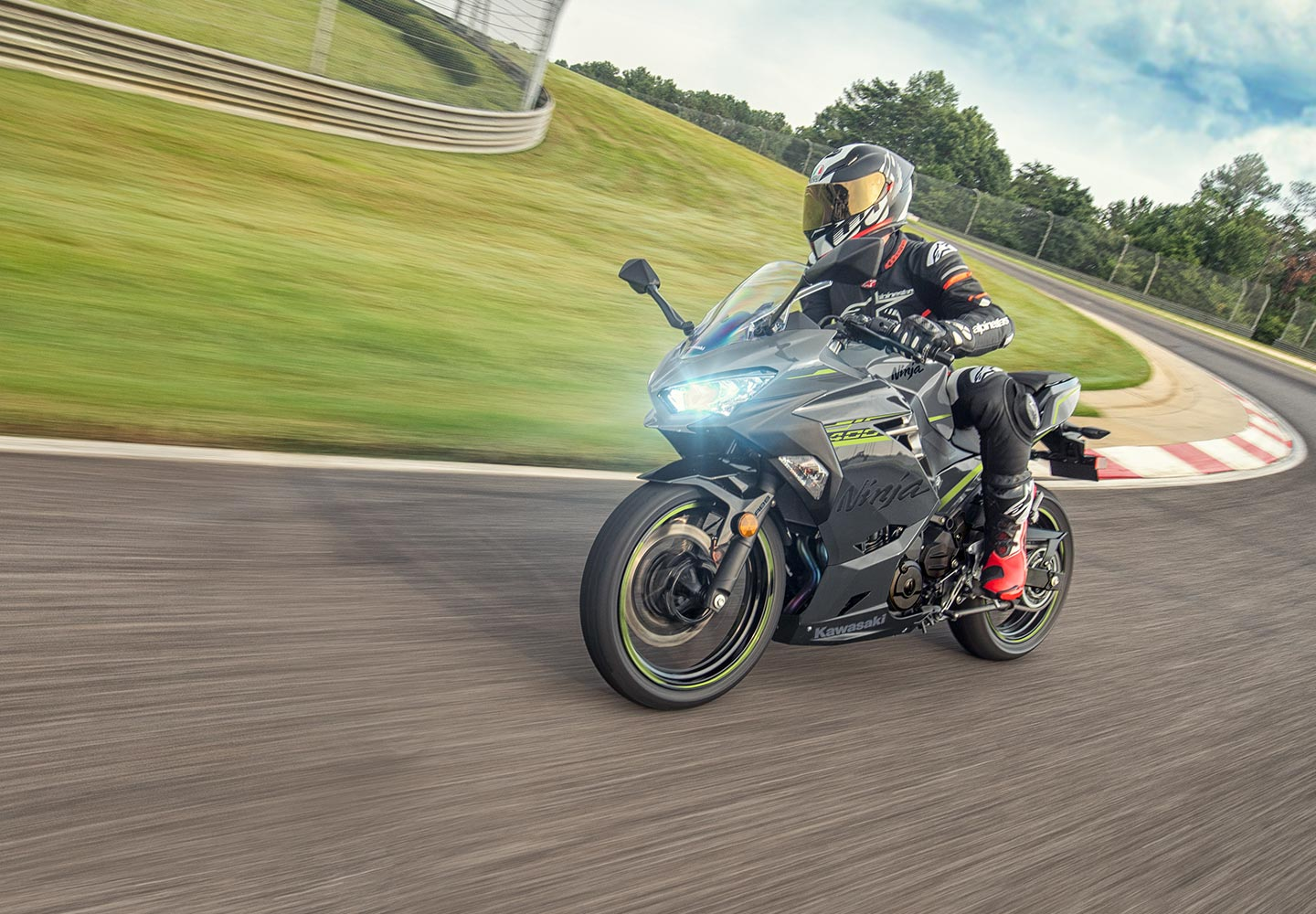
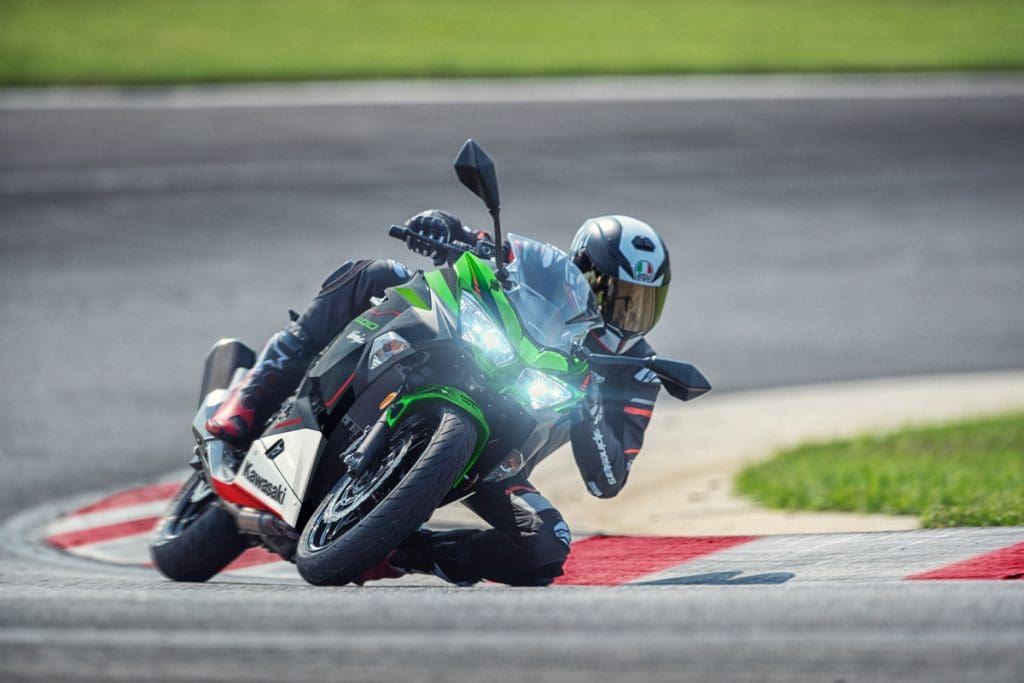
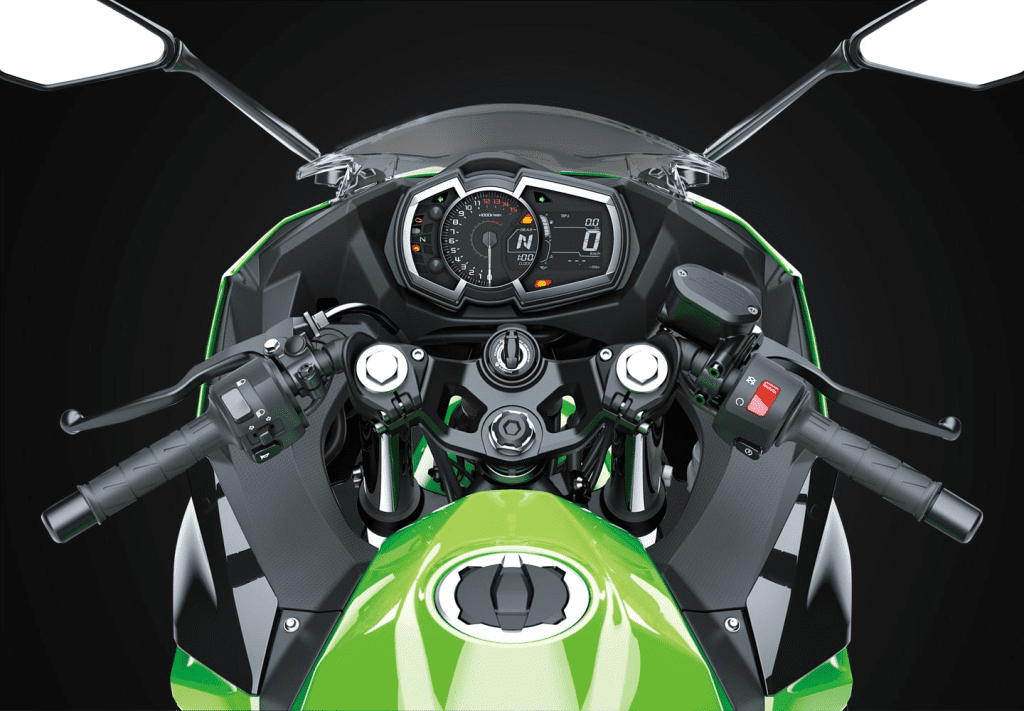
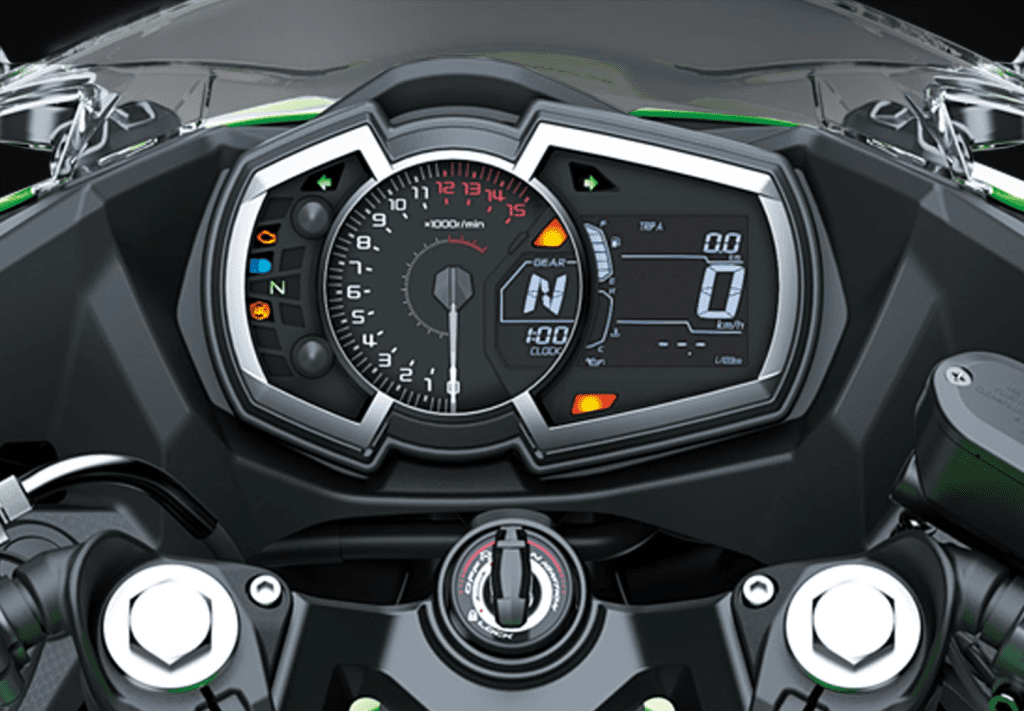
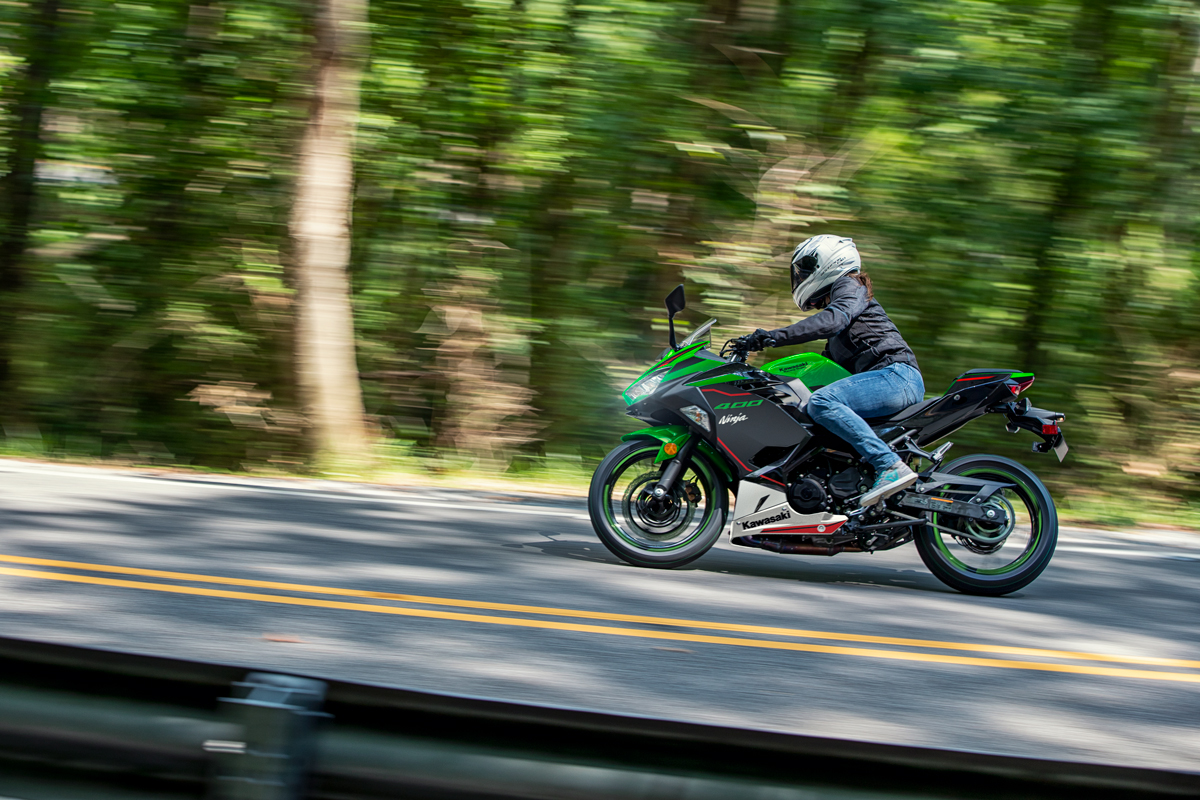
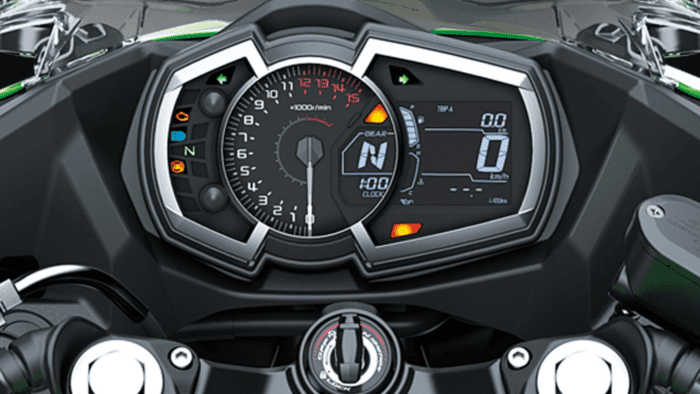
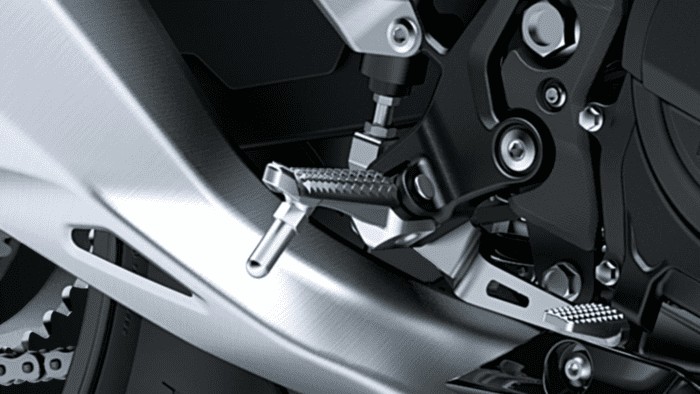
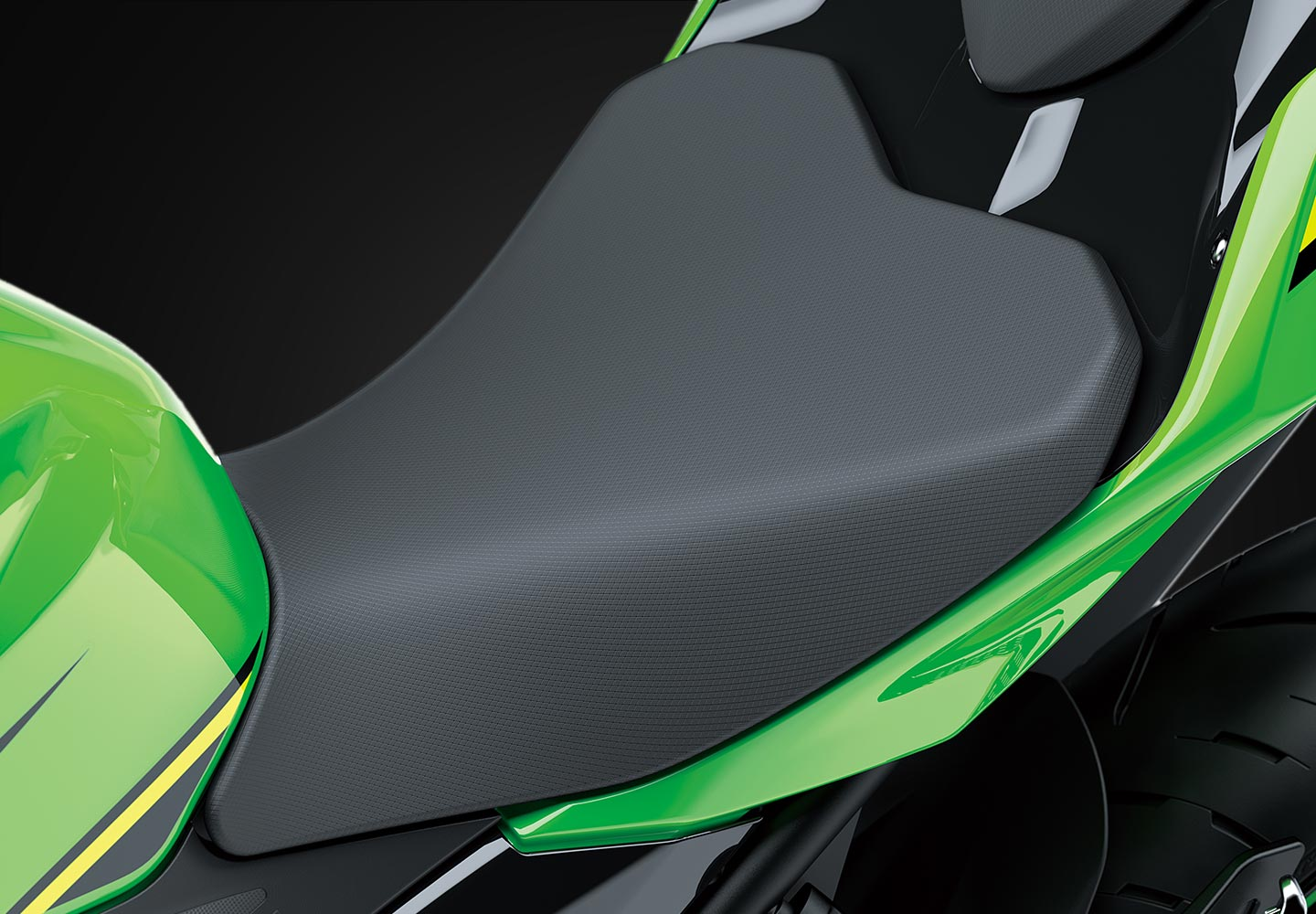
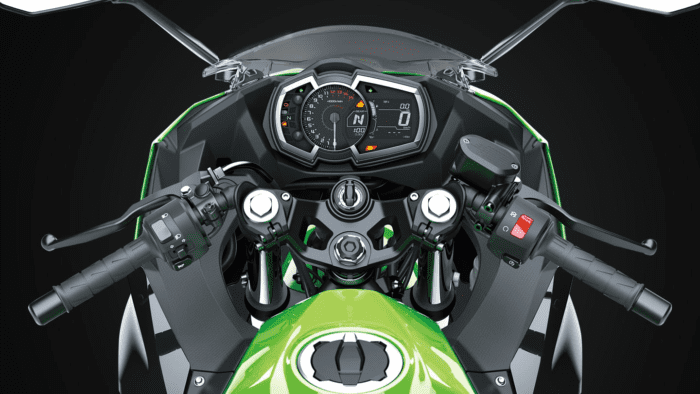

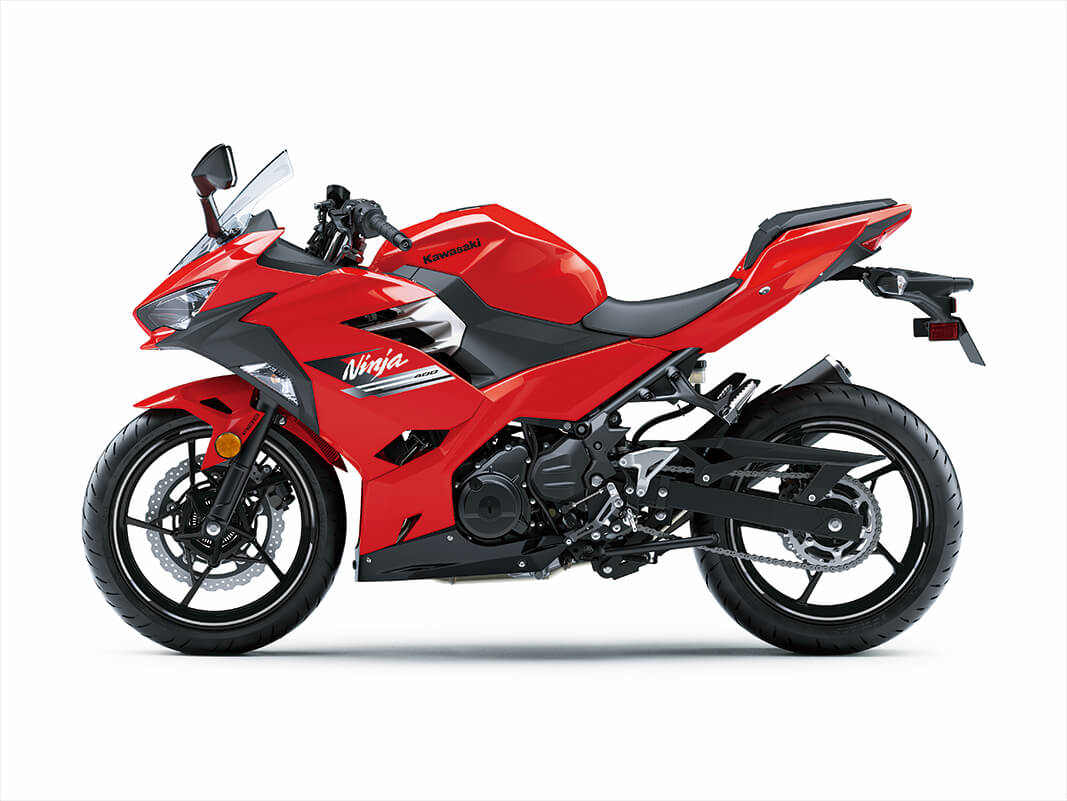
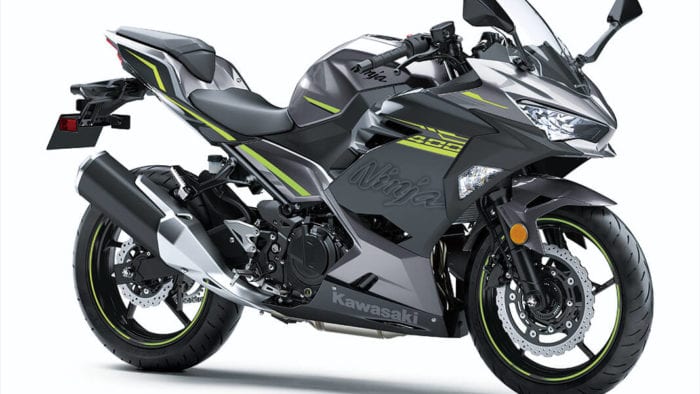

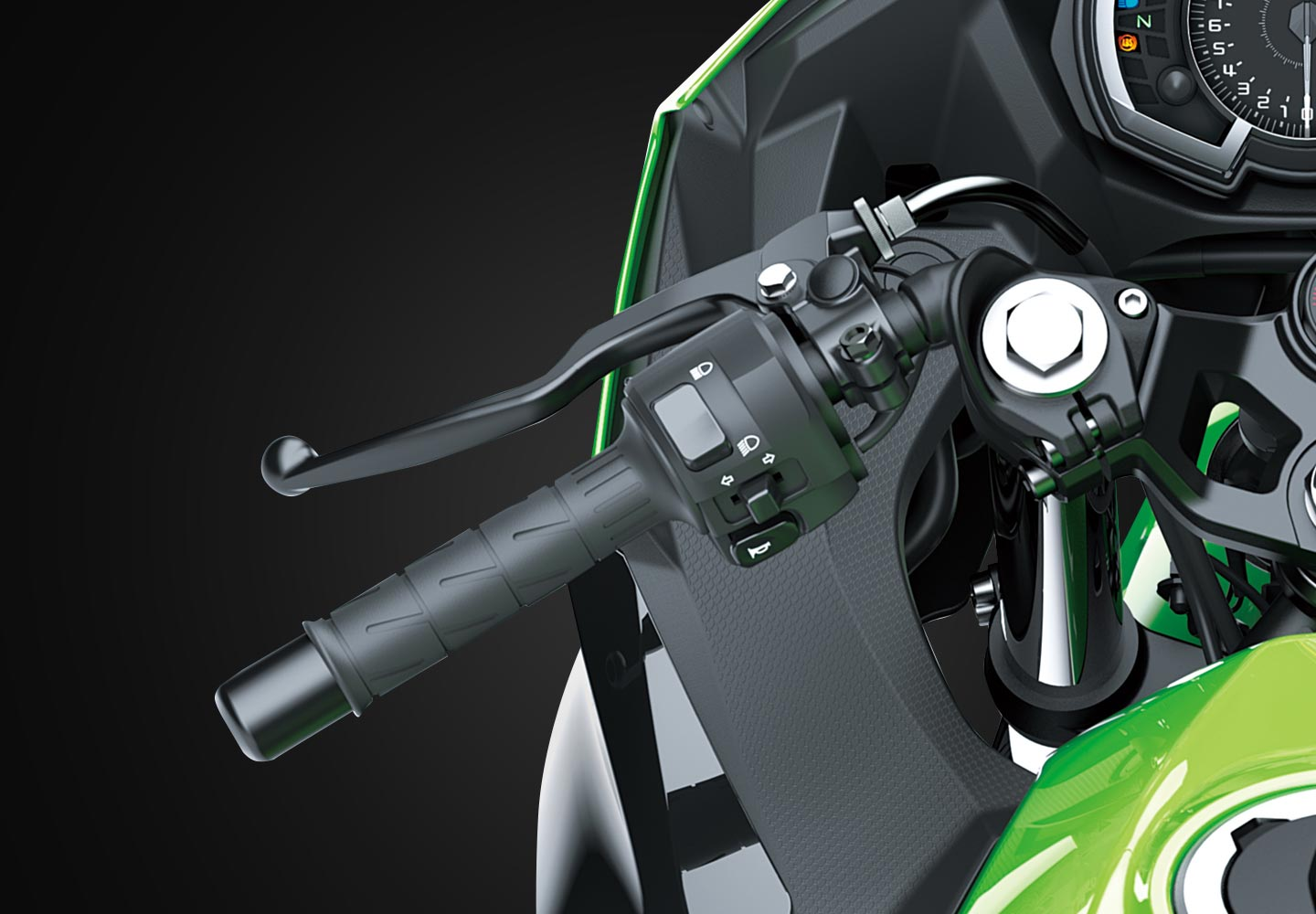
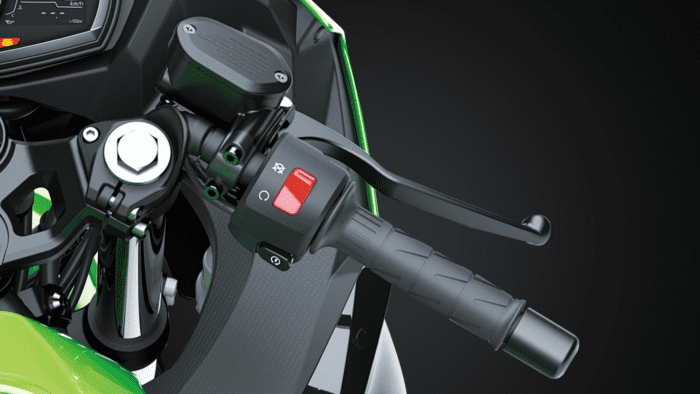
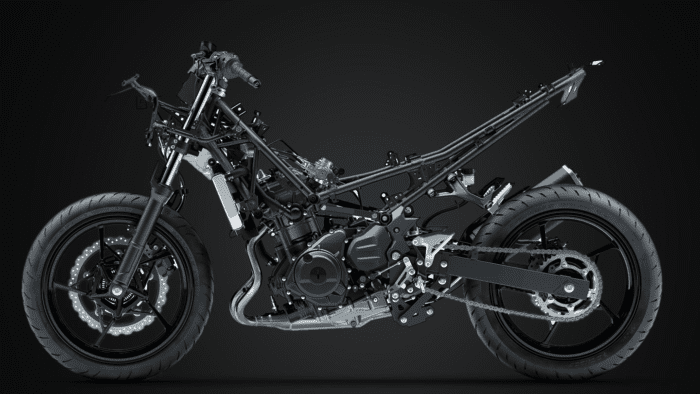
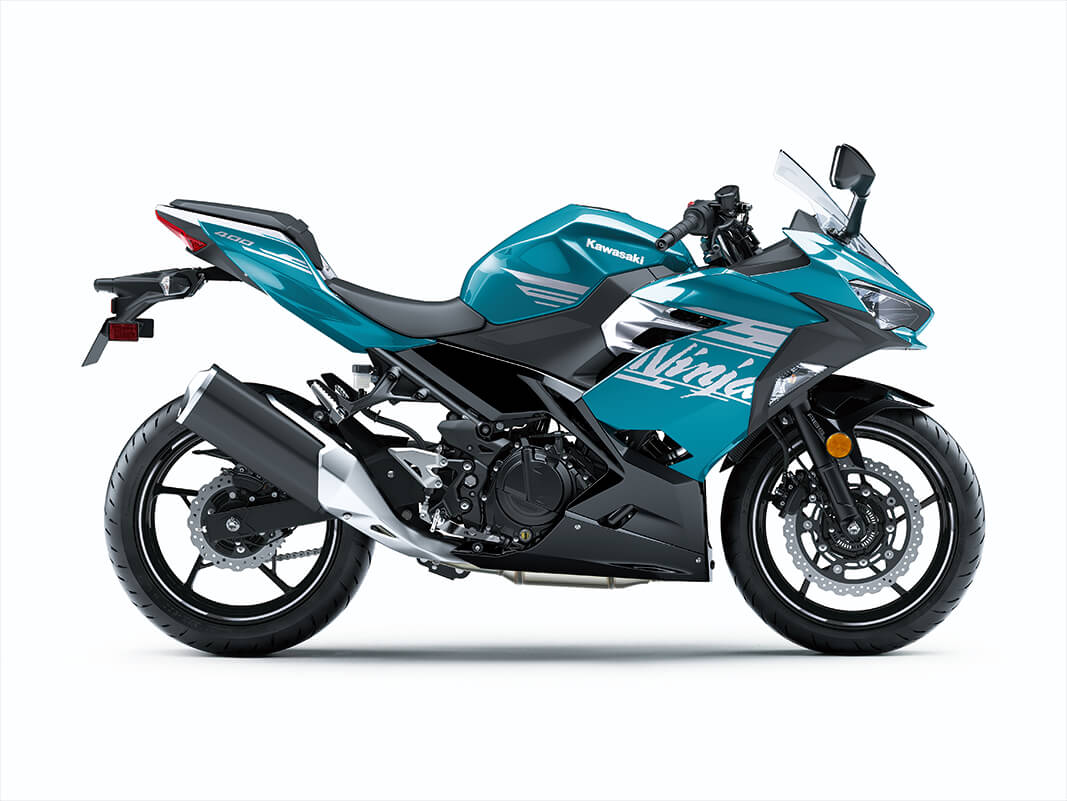
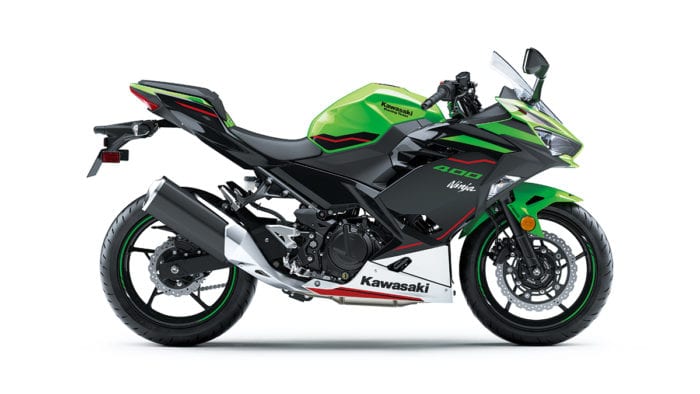
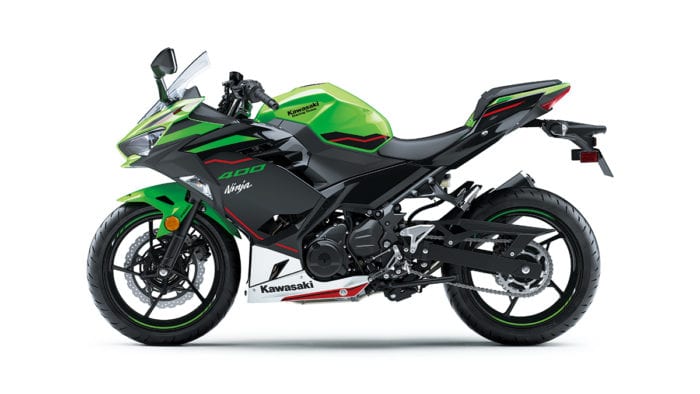
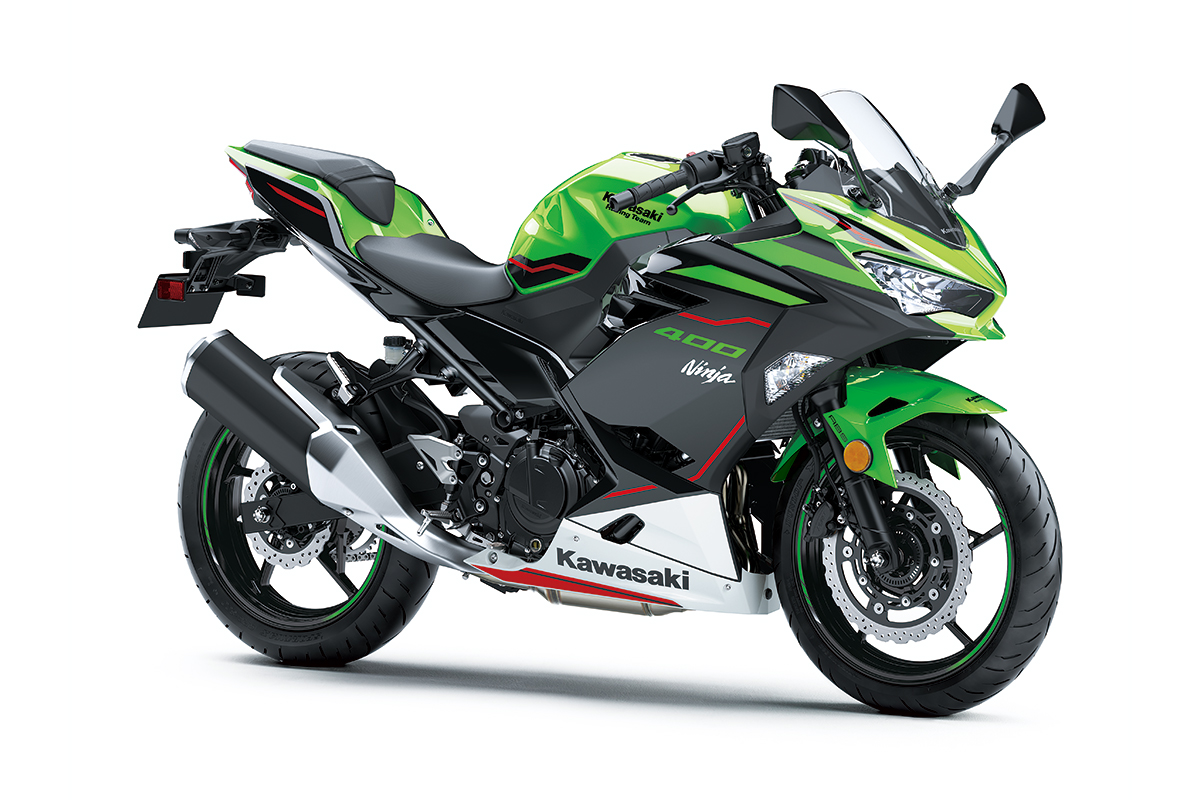

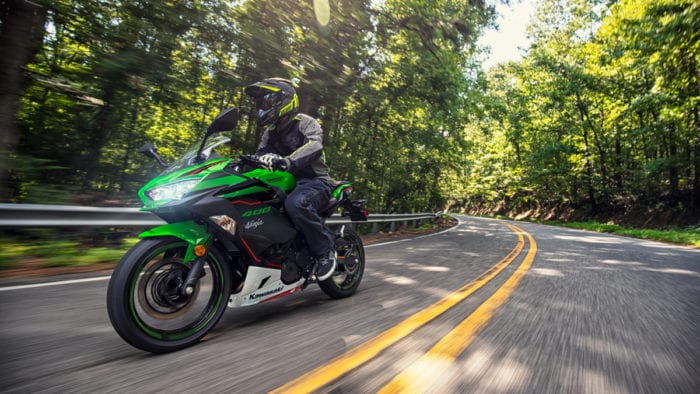
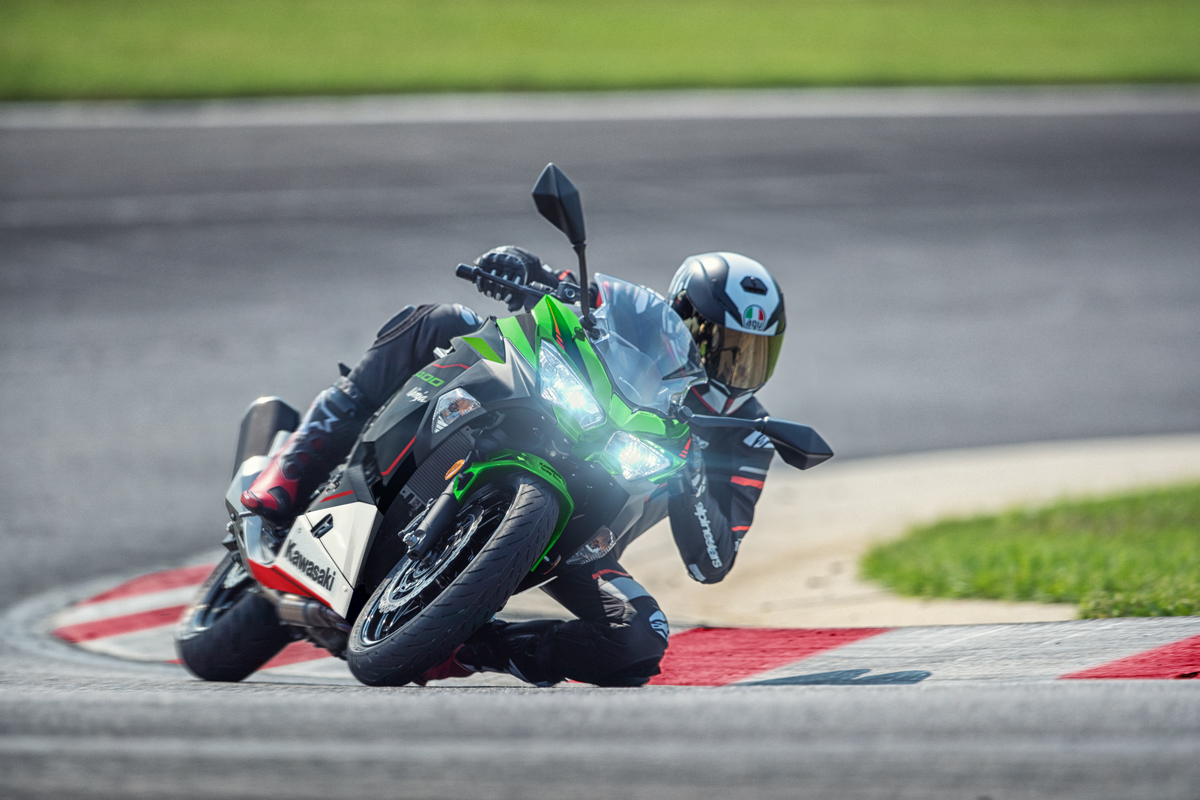
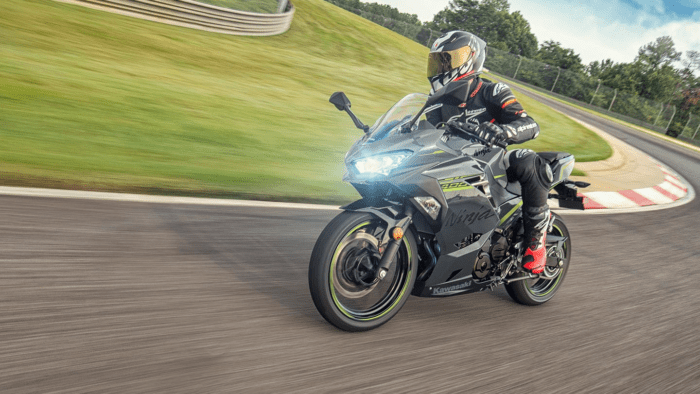
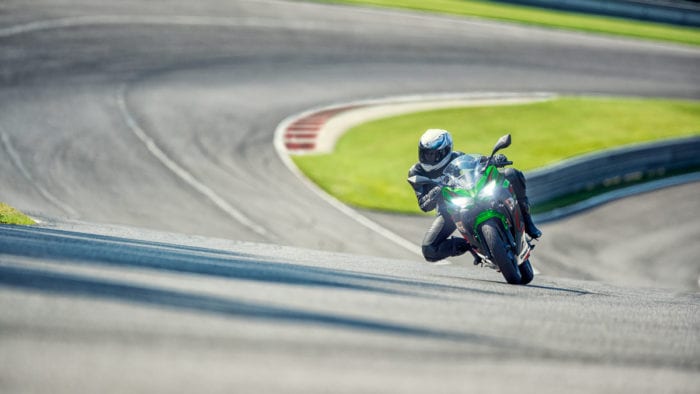

No Comment